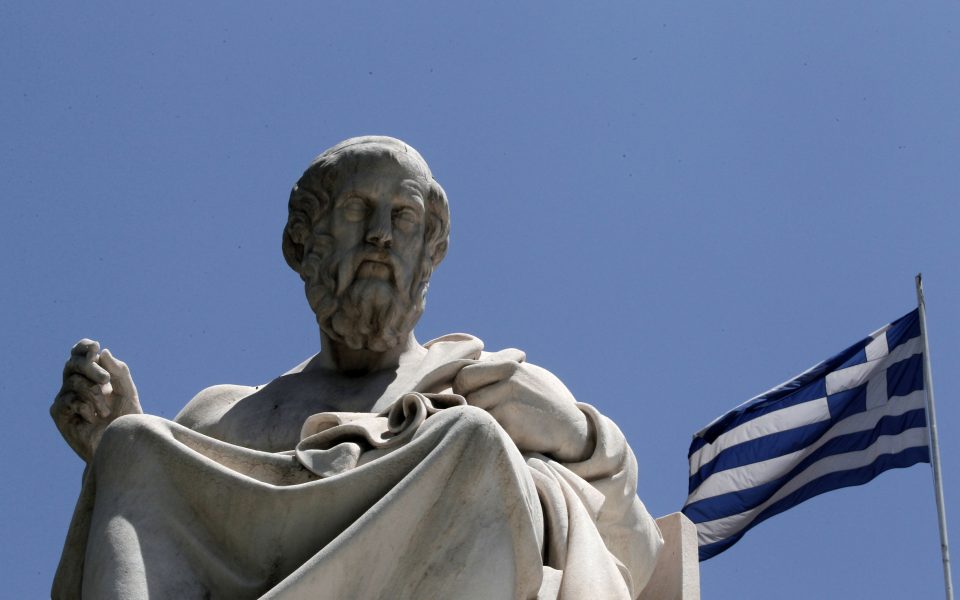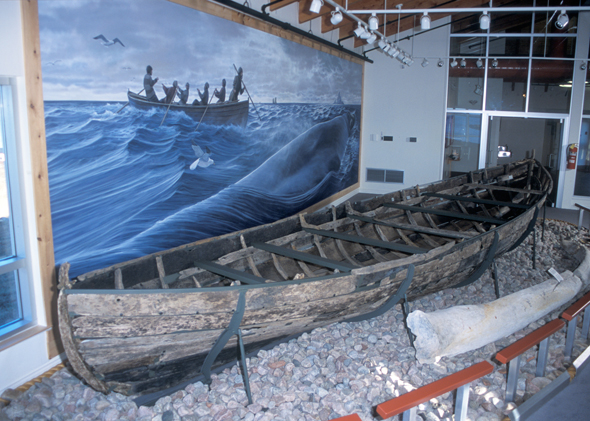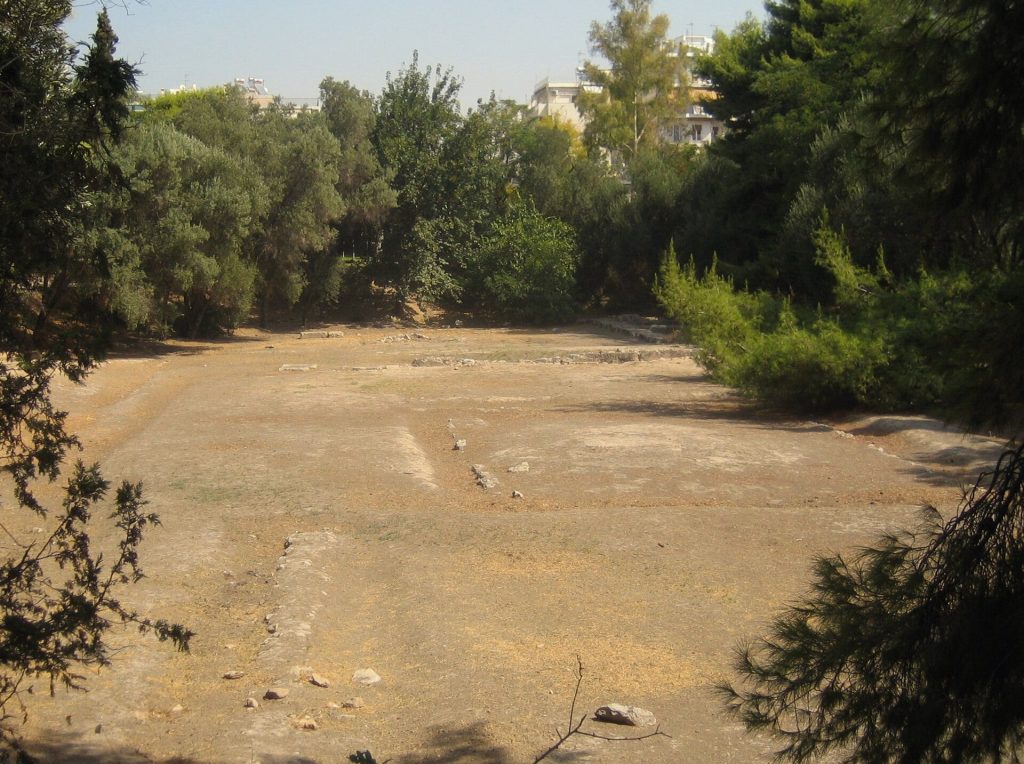Italian researcher claims to have located Plato’s burial place
An Italian researcher believes he has identified the location of Plato’s burial place in Athens by analyzing papyri from Herculaneum.
According to the research, led by the Italian papyrologist Graziano Ranocchia of the University of Pisa, Plato is buried in a in a private area in a garden in the Academy, near a sacred shrine to the Muses.
The Herculaneum papyri are more than 1,800 papyrus scrolls discovered in the 18th century in the Villa of the Papyri in Herculaneum, an ancient Roman town, located in the modern-day town of Ercolano, Campania, Italy. They were carbonized when the villa was engulfed by the eruption of Mount Vesuvius in 79 AD.
The extremely delicate condition of the scrolls makes them extremely difficult to read.
The papyri were read using a bionic eye, which detected a thousand new words, which is 30% more than when they were last analyzed more than 30 years ago.
The location of Plato’s grave was contained in a history of the Academy by Philodemus of Gadara, an Epicurean philosopher and poet who lived in Herculaneum, said Ranocchia.
The scholar revealed the news at the Naples National Library, where he presented the mid-term results of the “Greek Schools” research project.
The research started three years ago and will be completed in 2026.
Plato’s Academy was destroyed by the Roman dictator Sulla in 86 BC.
Article
Italian researcher claims to have located Plato’s burial place | eKathimerini.com




.jpg)




 may have reached as many as 50,000 people. The Calusa men were tall and well built with long hair. Calusa means "fierce people," and they were described as a fierce, war-like people. Many smaller tribes were constantly watching for these marauding warriors. The first Spanish explorers found that these Indians were not very friendly. The explorers soon became the targets of the Calusa attacks. This tribe was the first one that the Spanish explorers wrote home about in 1513.
may have reached as many as 50,000 people. The Calusa men were tall and well built with long hair. Calusa means "fierce people," and they were described as a fierce, war-like people. Many smaller tribes were constantly watching for these marauding warriors. The first Spanish explorers found that these Indians were not very friendly. The explorers soon became the targets of the Calusa attacks. This tribe was the first one that the Spanish explorers wrote home about in 1513.